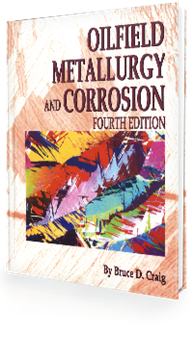Search
The Corrosion of Duplex Stainless Steels: A Practical Guide for Engineers
Also Purchased
Galvanic Corrosion: A Practical Guide for Engineers, 2nd Edition (E-book)
Product Number:
37625-E
ISBN:
978-1-57590-353-8
Publication Date:
2017
$100.00
Introductory Handbook for NACE MR0175/ISO 15156 (E-book)
Product Number:
37607-E
ISBN:
978-1-57590-320-0
Publication Date:
2016
$59.00
Oilfield Metallurgy and Corrosion, Fourth Edition (e-Book)
Product Number:
38599-E
ISBN:
9780615961354
Publication Date:
2014
$150.00




